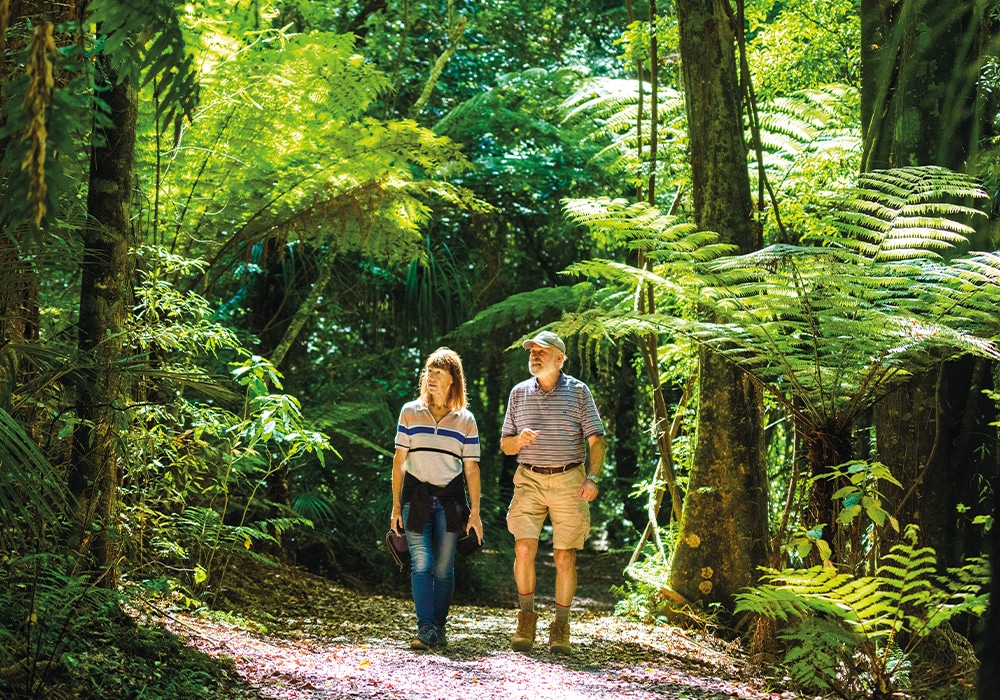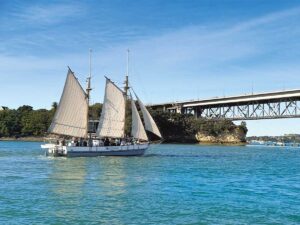MCD subeditor and campervan enthusiast Shannon Williams revisits the small rural town that’s definitely worth stopping for.
The first time I went to Te Awamutu was to visit my friend Courtney at her parents’ lifestyle block in my early ‘20s. Having hardly ever left Auckland in my younger years, getting to this small town I had never heard of in the middle of a region I had never really been to was quite nerve-wracking. And this was before Google Maps too – so with my hand-written directions in tow, I made the drive from Auckland, ready to swap city life for country living.
Around 29km south of Hamilton, Te Awamutu was originally the site of two important pā: Ōtāwhao and Kaipaka. The town grew on the site of Ōtāwhao mission station, established by the Church Missionary Society in 1841. During the Waikato war, the mission became headquarters for British troops. After the war and the British troops left in 1867, the town stagnated. It wasn’t until the 1880s that the town came back to life, thanks to the arrival of the railway. These days, Te Awamutu is best known as a service town for the farming communities that surround it.
Looking back, I don’t know why that first drive made me so nervous – and I don’t know how the heck I got lost – since it’s literally a straight line down from Auckland. In less than two hours, the city smoke is behind you, and you’re smack bang in rural New Zealand. Back then, Te Awamutu wasn’t itself a destination. We would spend weekends there and head into Hamilton, or out to Raglan, or head over to Cambridge for the nicer shops and café life. Fifteen years later, a lot has changed – or at least my interests have – and there’s plenty to see and do in and around this charming small town.
Going walkabout
Nestled in the heart of the Waikato, there’s a range of countryside walks to suit all fitness levels. Head over to Lake Ngaroto, one of the largest peat lakes in the Waikato, and only a 10-minute drive from Te Awamutu. There is an easy, flat walking track that passes through bush areas, farmlands and wetlands. It takes about an hour and half to do the loop, with signage providing information and illustrations about the local ecology. Also, dogs are welcome here as long as they are kept on a leash.
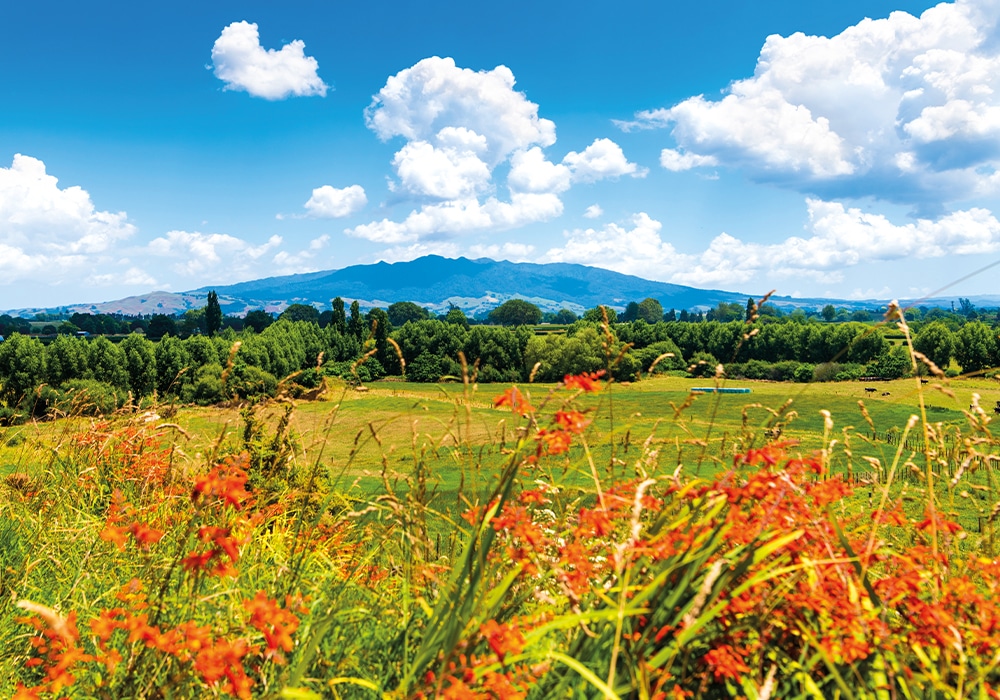
For something a bit more challenging, head over to Pirongia Forest Park, about 12km from Te Awamutu. There are a range of walks in the park, but the Ruapane Lookout track gives excellent views to the Kaimai Ranges. The track takes about an hour or so each way. For the best views from Mount Pirongia of Hamilton and Te Awamutu, check out the Wharauroa and Mahaukura Lookouts. The 4.6km Wharauroa track takes 2-3 hours one way, while the 3.5km Mahaukura track takes about two hours one way. No dogs allowed on these ones.
Safe haven
For a walk that’s a bit more special, you can’t beat Sanctuary Mountain Maungatautari. Located on Maungatautari Mountain, an extinct volcano, it is home to the largest ecological restoration project in New Zealand. At 3400 hectares, it is also one of the largest pest-proof fenced projects in the world.
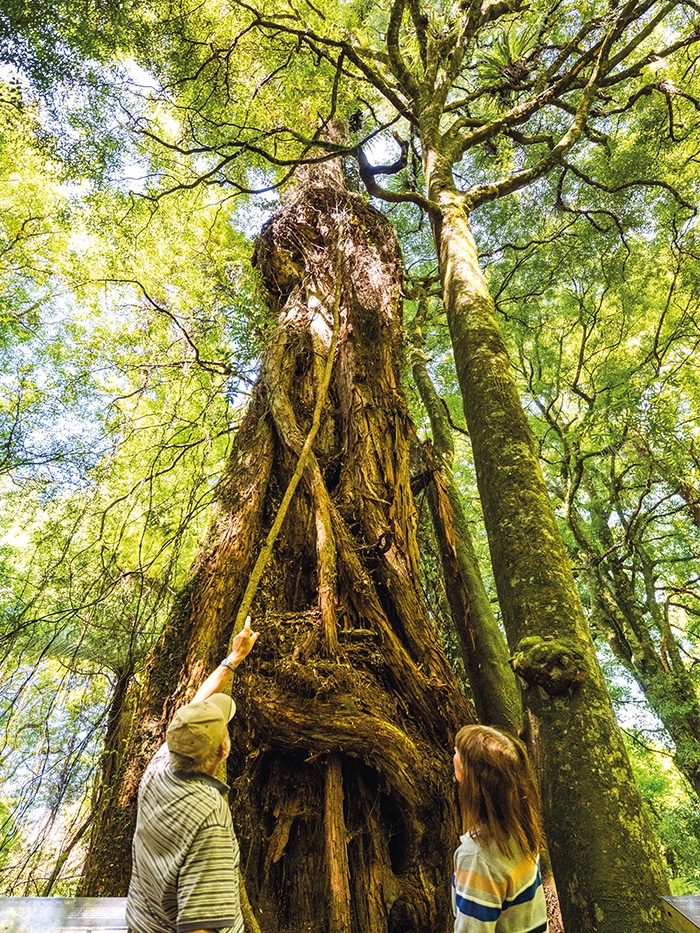
The pest-proof fence is 47km long and offers a safe haven for many of New Zealand’s most endangered species, including birds, bats, frogs, reptiles, tuatara and giant weta. There are plenty of walking and hiking tracks on offer, and they’re all graded depending on their difficulty, so whether you’re wanting to get your sweat on or you just want to take it easy and explore this special place, there’s something there that’ll suit your needs.

Be your own guide
If culture is your jam, the Te Ara Wai: Journeys tour is a must. This free, self-guided tour of culturally significant sites throughout the Waipā district shows how the region was, and still is, being shaped by events that occurred during the New Zealand Land Wars. You can follow the story of two peoples through a landscape that was ruptured by war, and is now going through healing and reconcilation. The meaning of the name ‘Te Ara Wai’ is complex; ‘Ara’ means to rise, to be awake to our past and to have our eyes open to the future. ‘Wai’ represents the water pathways across much of the Waipā district, and is reflective of the people, past, present and future. It’s a fascinating tour, with more to come. Visit tearawai.nz for more information.
For the ‘gram
Something that has definitely changed from those early visits to Te Awamutu (or anywhere, when you think of it), is how many photos you take and share on social media. And there’s nothing like colourful landscapes to bring your Instagram or Facebook page to life. A visit to the Rose Gardens is a must on any trip to Te Awamutu. Located opposite the i-SITE, the Rose Gardens attract thousands of visitors every year. There are over 2,500 rose bushes, with more than 50 varieties. The best time to visit would be between November to May, as that is when the flowers bloom. The rose gardens were established in 1969, so they’ve been around for a while. They’re open all hours and are free to visit.
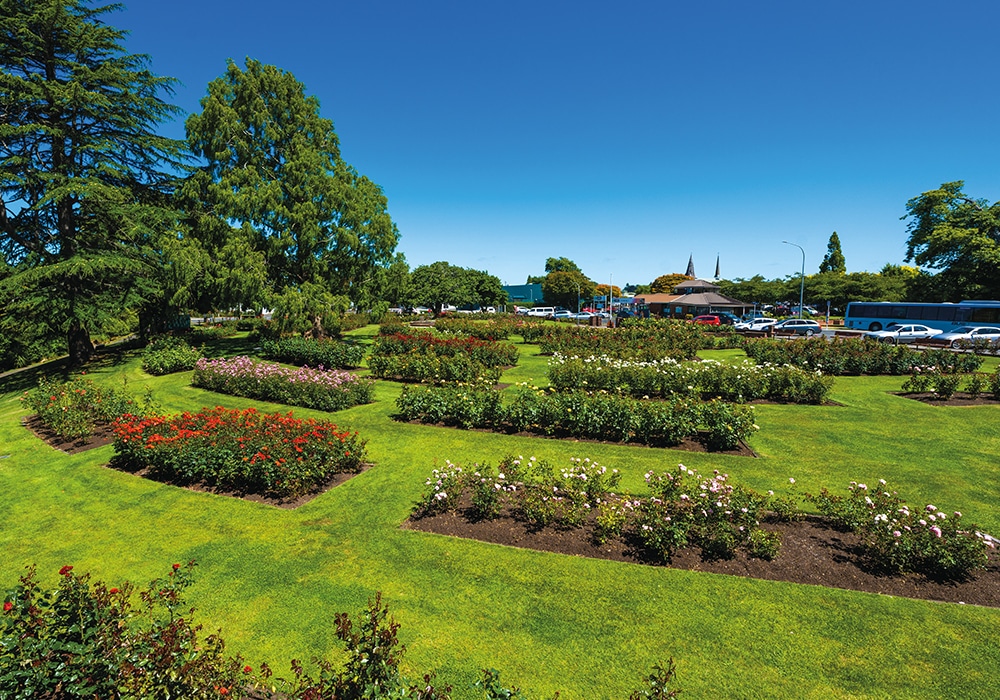
A quick side trip from the rose gardens is the Te Awamutu Walk of Fame (yes, you read that right!). Located in Selwyn Park, the walk celebrates local identities who have made an impact on the community, or are a tad bit famous. Can you spot Tim and Neil Finn?
Once you’ve got that perfect rose shot, head down to Alphra Lavender, about 8km south. Free to visit, this farm grows a variety of lavender for the production of essential oil, dried lavender and rubbings. Alphra also produces and sells lavender oil soap, body lotion and gift boxes that you can purchase while visiting. During flowering, which runs from December through to February, the lavender fields are where social media dreams are made of – think rows and rows of lush lavender in an array of purple hues.
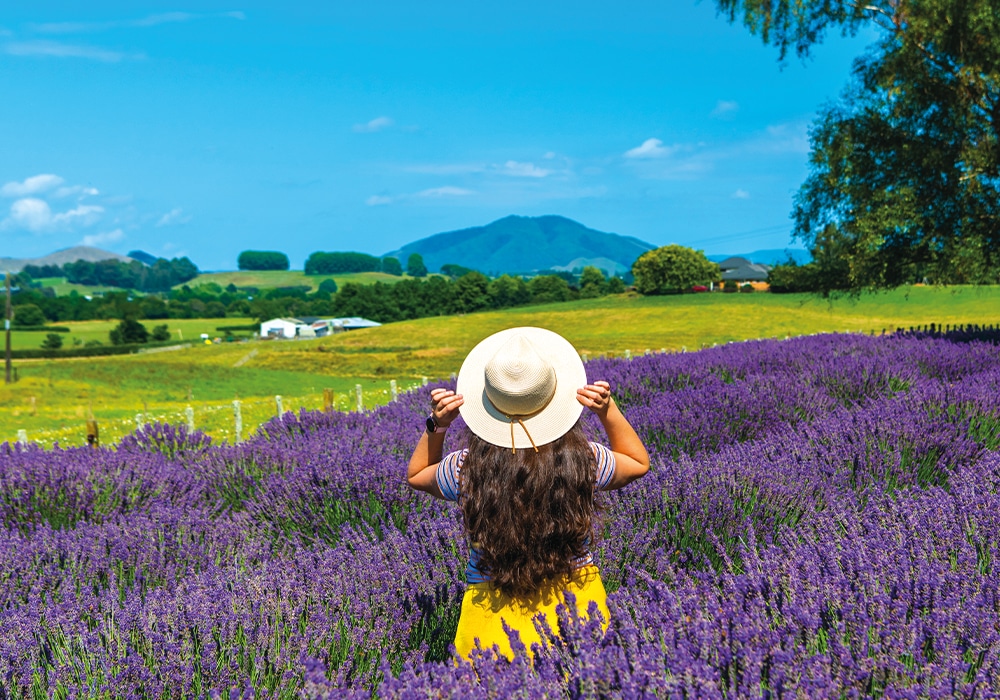
The mistery of Mystery Creek
Located 15 minutes from Te Awamutu, Mystery Creek Event Centre is one of the biggest event centres in the country, and it sure has seen its share of expos, field days, concerts, and conferences. So, what is the mystery that led to the naming of this venue? There are a few theories, but it seems the most likely – and best documented – is that of Waikato war veteran Christian Hansen. The story was recounted in the 1975 book, Plough of the Pakeha: A Cambridge Regional History by Eric Beer and Alwyn Gascoigne. Hansen owned a farm on the main route from Hamilton to Te Rore via Ōhaupō, just north of Te Awamutu. Two men entered his house in 1867, threatening him with a knife and taking his savings of 21 gold sovereigns. In an attempt to defend his wealth, Hansen grabbed for his loaded rifle – but not quite quickly enough. One of the men fired a shot, which hit Hansen in the wrist, before making off with the stash.
Hansen had apparently kept his gold a well-guarded secret, so the first mystery of this story was how the two men knew of Christian’s hidden wealth. But an even greater mystery unfolded when a body was discovered in a nearby gully. Although the body was never identified, local investigators concluded that one of the thieves who took Hansen’s gold had strangled the other and taken off with the prized sovereigns.

